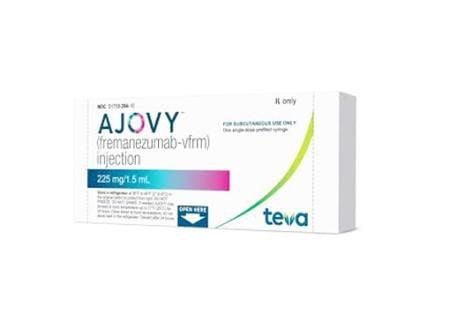This is an automatically translated article.
This article is professionally consulted by Master, Doctor Nguyen Nhu Thu Truc - Obstetrician and Gynecologist - Department of Obstetrics and Gynecology - Vinmec Nha Trang International General Hospital. Doctor has more than 8 years of experience in the field of Obstetrics and Gynecology.Preeclampsia is one of the obstetric complications causing serious consequences for mother and fetus. In order to minimize the adverse effects of pre-eclampsia, scientists have found that changes in the levels of angiogenesis factor (PlGF) and antiangiogenic factor (sFlt-1) occur quite early. before symptoms of preeclampsia appear. Therefore, it is possible to quantify neovascularization factor for early diagnosis of preeclampsia.
1. A little bit about pre-eclampsia
Pre-eclampsia is a well-known condition that is serious during pregnancy and adversely affects both mother and fetus. The cause of the disease is still unknown. Pre-eclampsia can occur in about 5-7% of pregnant women and is the cause of many obstetric events such as premature delivery, stillbirth...Although it is well controlled and controlled at a high level, Preeclampsia still occurs in any country, whether it is an advanced country with a high standard of living or a poor, developing country. Up to now, the diagnosis of preeclampsia is still mainly based on the classic symptoms such as edema, hypertension, proteinuria and can only be diagnosed as early as 20 weeks of pregnancy.
2. The relationship between preeclampsia and angiogenesis factor quantification

Determination of PlGF neovascular and serum sFlt-1 levels and sFlt-1/PlGF ratio in normal pregnant women through different gestational ages gave the following results: PlGF gradually increased and peaked at In mid-pregnancy and then decreasing until antenatal, sFlt-1 is relatively stable in early pregnancy and increases in late pregnancy.
But for pregnant women at risk of pre-eclampsia, the concentration of sFlt-1 increases in the blood of pregnant women, in contrast, the concentration of PlGF decreases compared with normal pregnant women of the corresponding gestational age. These changes appear quite early before the clinical symptoms of preeclampsia. Therefore, it is possible to quantify PlGF, sFlt-1 levels and calculate the sFlt-1/PlGF ratio for early diagnosis of preeclampsia as early as 12 weeks of pregnancy (that is, preeclampsia can be detected as soon as possible). first 3 months of pregnancy).
Finding an association between PlGF and sFlt-1 in preeclampsia is extremely important. Pregnant women can detect pre-eclampsia early to have timely treatment, avoiding unfortunate complications that can happen to both the mother and the fetus.
3. Quantification of anti-angiogenic factor

Advantages: This technique helps prevent severe progression of preeclampsia. Reduce morbidity and mortality for both mother and fetus. Cons: The test requires to be performed on a modern machine process, requiring the technician to be precise at each stage. Implementation costs are quite high. With the desire to provide expectant mothers with comprehensive and safe care for the mother and fetus during the pre-, during and post-partum period, Vinmec Times City International General Hospital with modern facilities Equipped with the most modern investment in Vietnam, a team of experienced medical experts, deploying all-inclusive maternity services that integrate all necessary examination and testing processes for mothers during pregnancy.
Please dial HOTLINE for more information or register for an appointment HERE. Download MyVinmec app to make appointments faster and to manage your bookings easily.














